Black Ops Cold War is all about player choice and cool '80s espionage
The original Black Ops team are back in Cold War, a “narrative sequel” to the first game
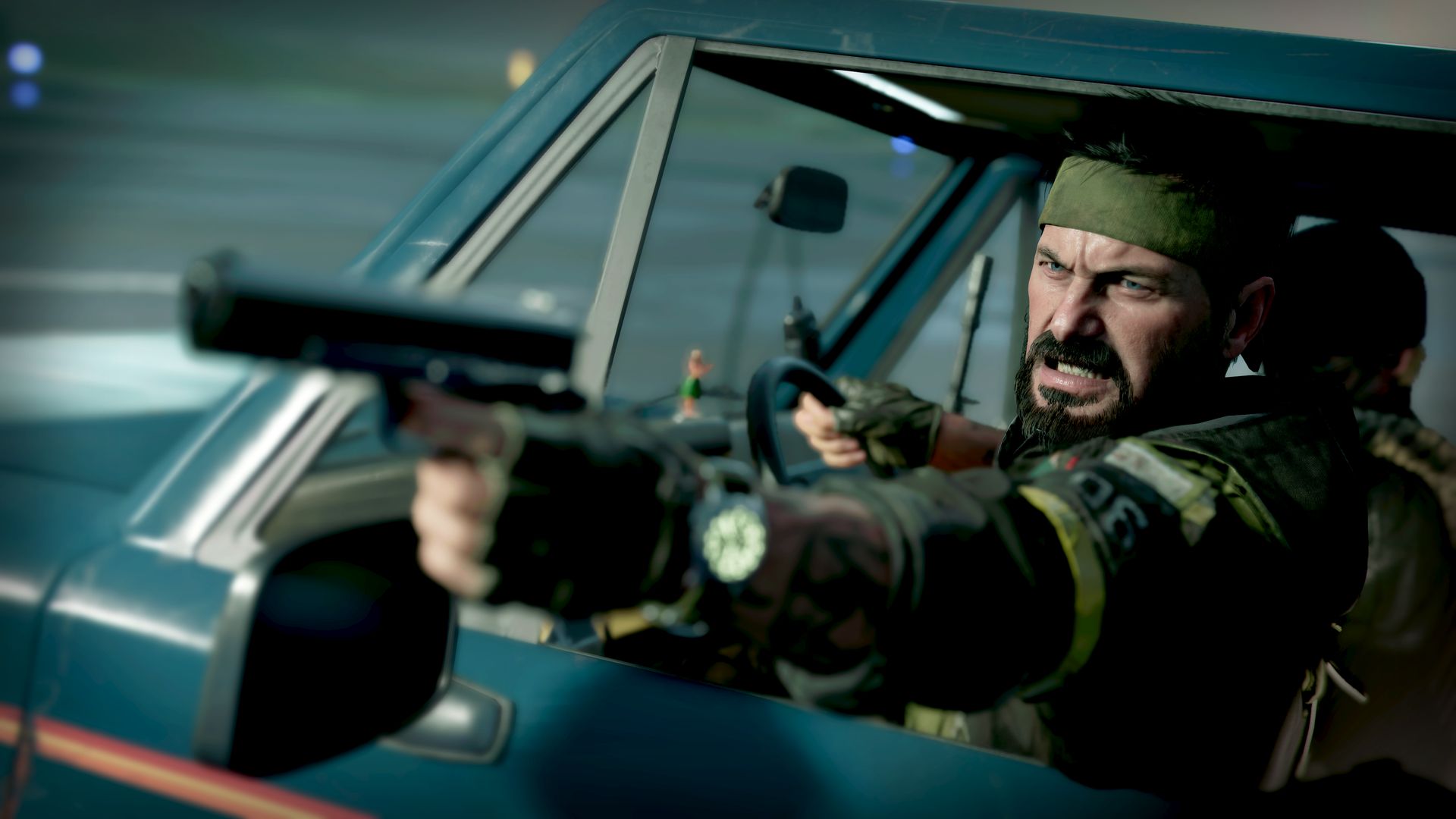
There is a red door in Black Ops Cold War. You'll already know that if you caught any of the code name leaks before the official reveal. It drops repeatedly out of the sky and chases you around the memory of Vietnam. I’m not joking, and it’s not even the weirdest thing I’ve seen in the game. I mean that in a good way though, as there’s an almost playful feel to the creativity of what Raven, the developer of the single-player campaign, has shown off. The things I saw included meeting President Reagan, a Hitman-like undercover mission with multiple paths to completion, and a standout moment fighting Russian soldiers in a Soviet-built fake-American town while Pat Benatar’s Hit Me With Your Best Shot pumps out the speakers.
Love is a battlefield
It’s a good start for a Call of Duty that has the unenviable task of following Modern Warfare. Shown on PS5, Black Ops Cold War has the same shiny new engine sheen that made Captain Price’s return look like such a step forward, but this time with all the things you’d hope from a Black Ops game. It’s a Cold War tale set in the early 1980s that sees Woods, Hudson and Mason reunited, although with an all-new voice cast (no sign of Resnov yet). There are some new characters as well, but also one very important addition: you.
Alongside the familiar faces, Black Ops Cold War character creation means you’ll be playing as a fully customisable character known as ‘Bell’, built by revealing or redacting entries on a classified document. “Players will be able to create their own character,” explains Dan Vondrak, Raven’s senior creative director. “They can name them, pick a skin tone, pick a gender, make them male or female or even leave that classified and the game will treat that as gender-neutral, changing VO to ‘He’, ‘She’, ‘They’, ‘Him’, ‘Her’, ‘Them’."
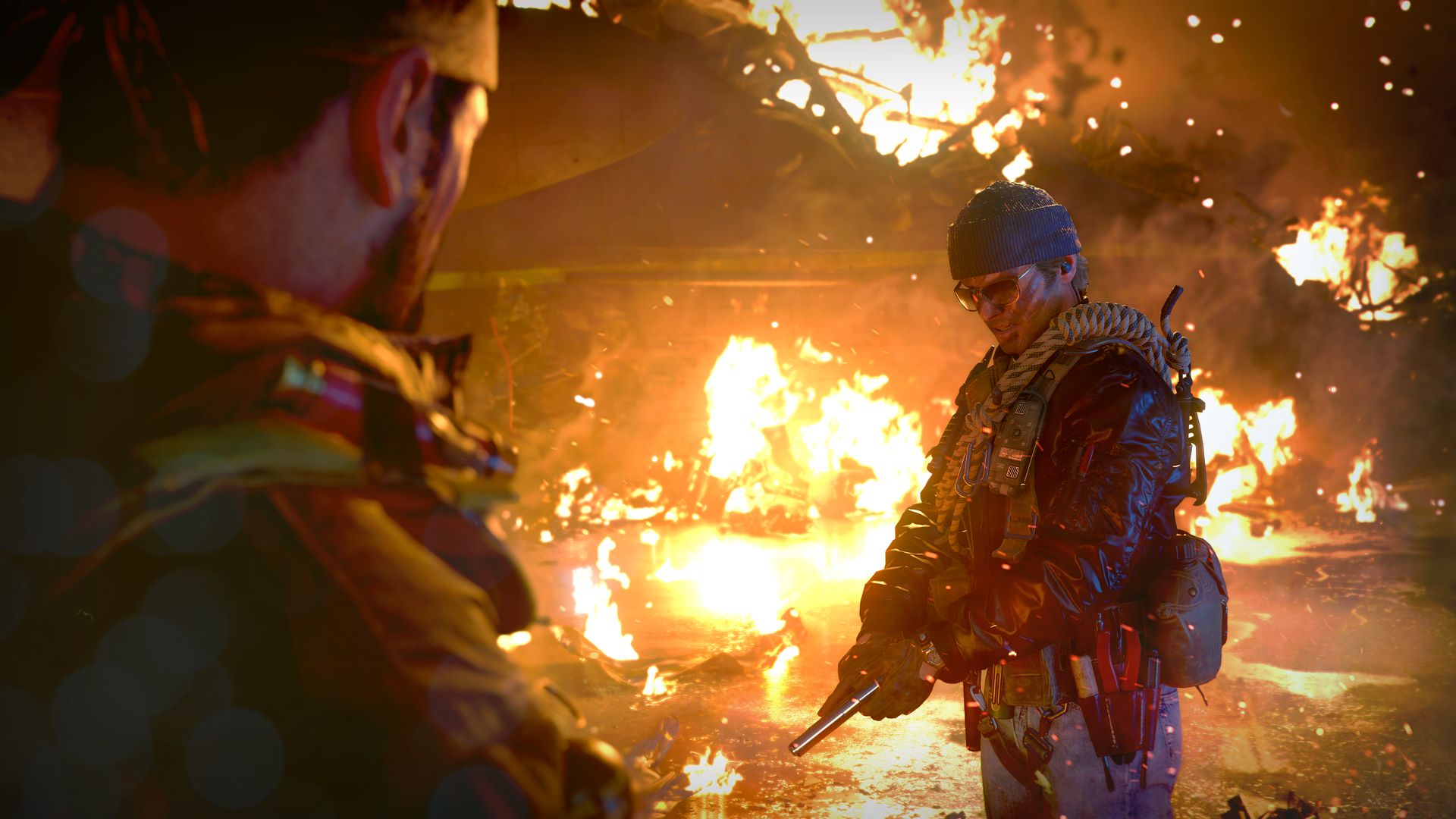
This time the team, and you, will be chasing down Perseus - an allegedly real-life Soviet spy linked to stealing nuclear secrets in the 40s and 50s. The missions they undertake are illicit - “everything we do is illegal,” barks Woods during a debrief - and in some cases possibly not real (which I’ll get to), but everything has that old school cool feel you only really get from aviators, chunky leather jackets and smoking like you’re on camera.
This is a “narrative sequel” to Black Ops 1 according to Treyarch’s Dan Bunting, so it neatly skips the generational jumps of Black Ops 2 and the full-on sci-fi future leap of Black Ops 3. Batman scriptwriter David Goyer, who co-wrote the first two games, is back on board and overall the story so far hits the series’ original pillars of historical accuracy and weird shit™. Murray Craft, lead writer, explains that recently declassified, real government documents were used for “a key piece of our plot’s puzzle”, adding “I was shocked at some of the things I was learning had actually happened”. He also promises all the “mystery and conspiracy you would expect from a Black Ops. We’re really messing with people's heads and giving people something they’re not expecting”.
Shadows of the night
That messing with people's head idea is really shown off in a Vietnam flashback mission set in 1968. In order to try and track down a clue relating to Perseus, Vondrak explains Woods and his team will be “reliving fractured memories of Vietnam in order to discover hidden clues buried deep in their past”. While it looks like a classic Black Ops Vietnam mission - paddy fields, huts, helicopters and shouting - there’s something very weird going on which I’ll let Vondrak explain: “our goal with this level was to create a mission structure that no one has seen before in Call of Duty. We allow the player to choose from many different paths as they dig through the shadowy memories of Vietnam. As the player makes choices and dives deeper into their memories the level will actually reset itself, offering new encounters and new experiences.”
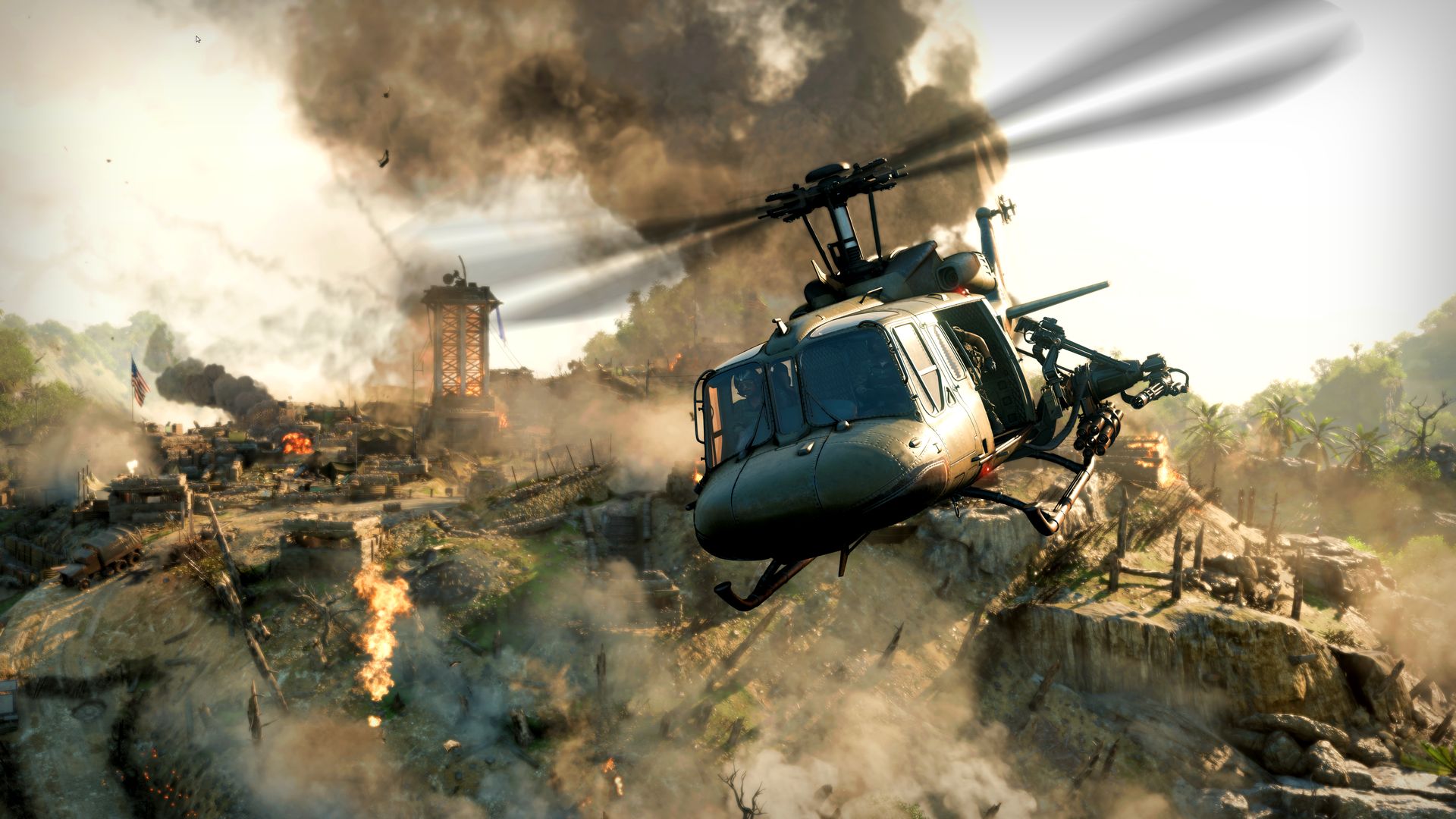
In practice, the gameplay I saw showed multiple battles and encounters suggesting there’s more than one level’s worth of encounters to be had depending on how it resets and the memories you discover. One section even includes a frozen moment in time with the player exploring soldiers and enemies suspended, photo mode style, mid-shot. The culmination of all this suggests it’s happening under hypnotic regression: as a mysterious voice keeps asking the player to ‘go through the red door’, red Russian looking flags and office walls appear in the jungle, while a series of red doors fall from the sky to block your path - whatever’s behind that door is vital to the story. Vondrak concluded this part of the demo by hinting that the level was full of secrets to be found.
Weekly digests, tales from the communities you love, and more
Other missions show an interesting level of creativity that build on some of the multiple paths and branching stories the series has experimented with before. Playing as a Soviet double agent in the KGB’s Lubyanka headquarters sees the emphasis on “player freedom and choice”, according to Vondrak. The objective is to eliminate someone called Charkov but there’s an almost Hitman-like set up via a map that shows a range of destinations, with different options for completing it. You could frame Charkov as a mole, for example, poison him or persuade a prisoner to kill him during interrogation as just a few options.
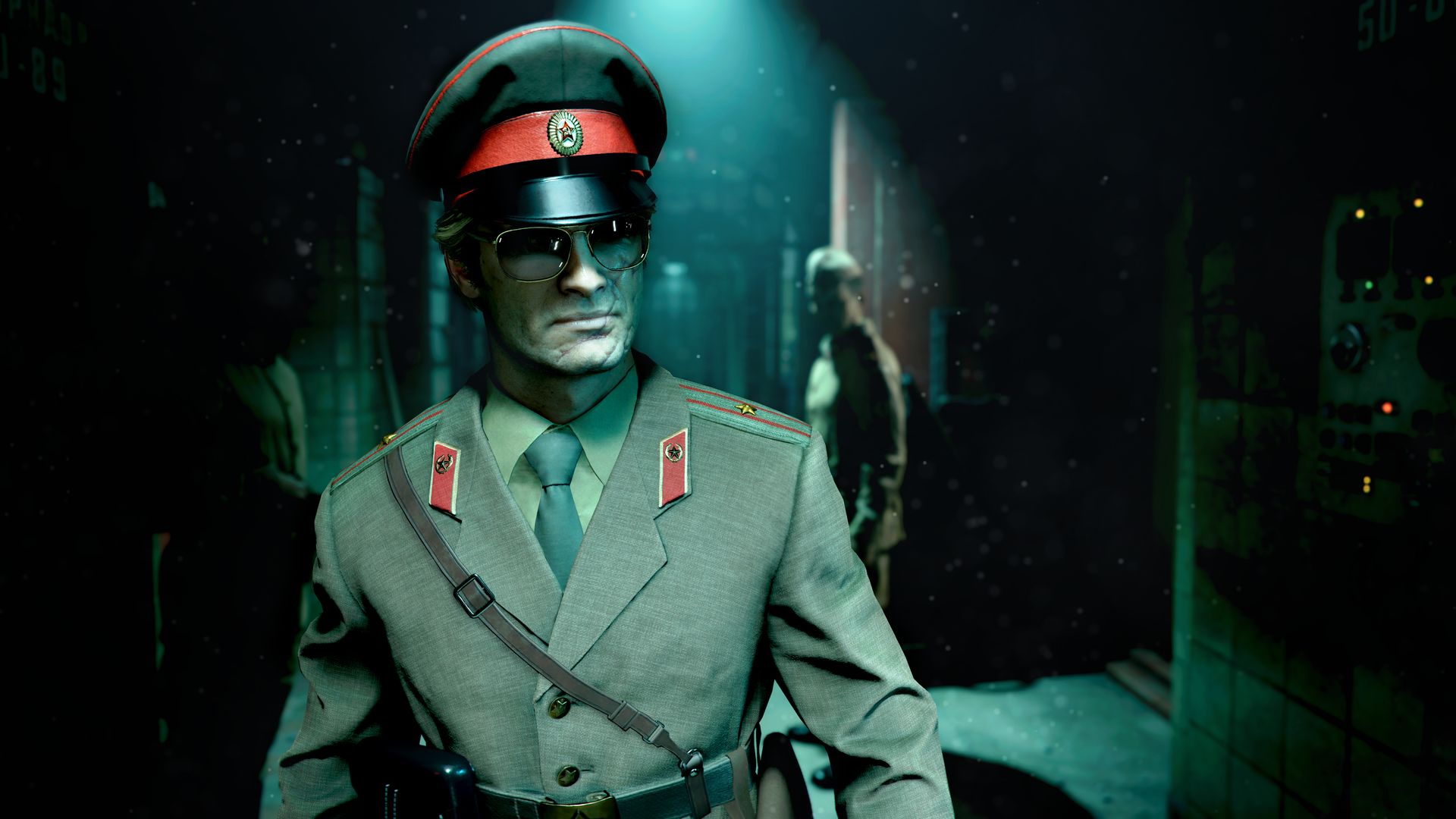
Take It Anyway You Want It
This level, in particular, is an example of the “deeper level of player interaction” Raven is aiming for according to Vondrak. He mentions that “in-mission choices and interactive narrative scenes” appear throughout the game (read ‘dialogue options’ for that last one). While he makes it clear that these are “not applicable for every mission”, you will shape the story through what you choose. Ultimately, Vondrak explains that “we allow the player to shape the Black Ops Cold War ending based on their earlier choices. We don’t want to go crazy but we’ve added enough that the player can feel the impact to the decisions they made earlier.”
We allow the player to shape the ending based on their choices
Dan Vondrak, senior creative director
Of course, on top of these more interesting and creative ideas there is just some good old fashioned shooting - the Lubyanka mission, for example, ends with a run and gun escape, and a car chase through Moscow tunnels. But even the standard action has some fun inventiveness to it. A mission in Ukraine to investigate a mysterious Soviet building unearths a massive reconstruction of an entire American town being used for invasion practice by Russian special forces, Spetznaz. The resulting shoot out takes place across a Stranger Things-flavored 1980s arcade and neon-tinged streets, while Pat Benatar’s Hit Me With Your Best Shot plays. There’s an almost playful tone to it you wouldn't normally expect from the series. I mean, people are still being violently shot to pieces en masse and there’s stuff exploding all over the place, but it looks like a moment that was as fun to make as it hopefully will be to play.
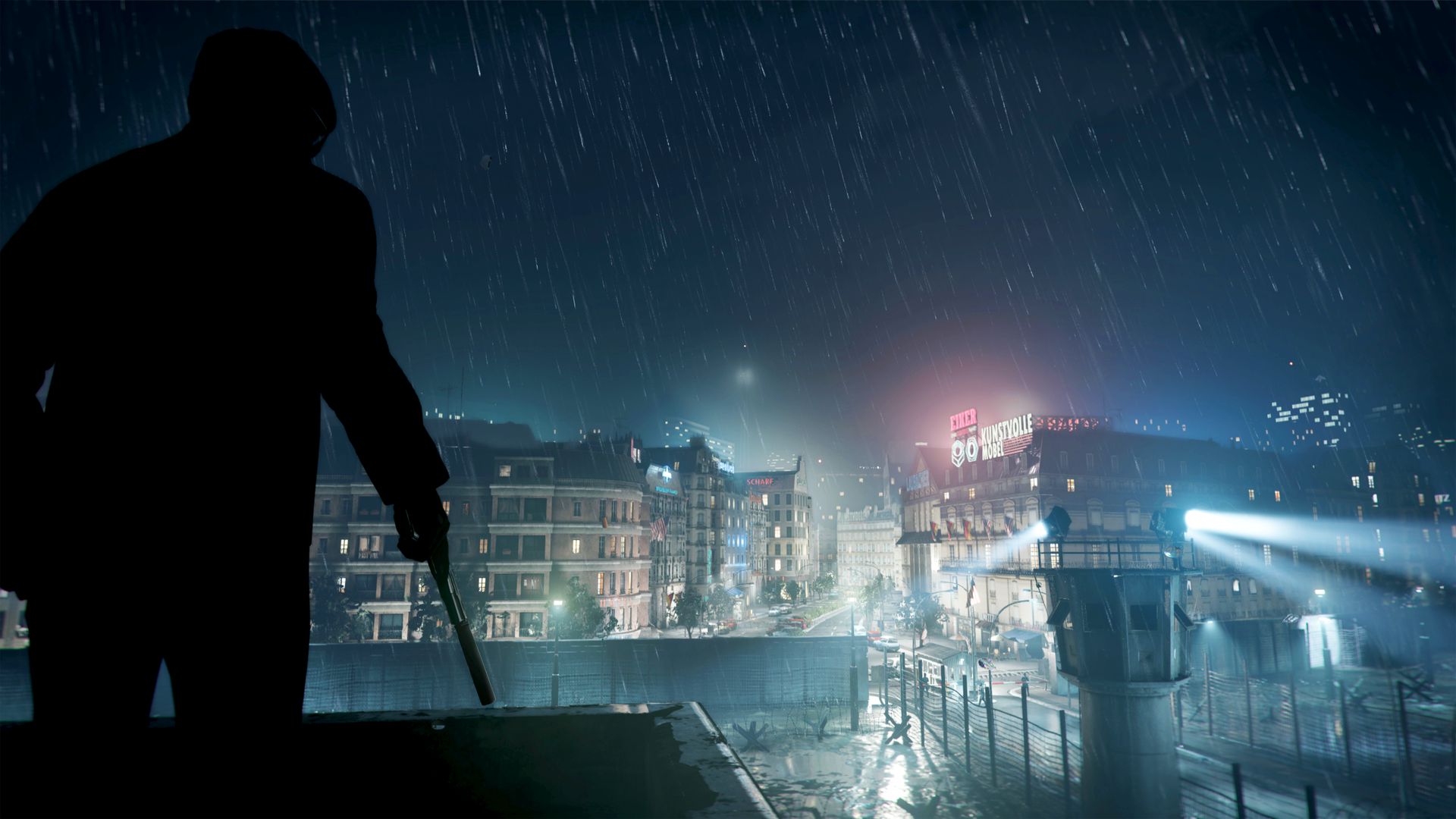
There were rumors last year that the game passed through some problems during development, at a time when it was Raven leading with Sledgehammer in support. That resulted in Treyarch stepping up to replace Sledgehammer. Whatever happened, what I saw was very much presented as a Raven game with Treyarch studio co-head Dan Bunting making a fleeting appearance to introduce over an hour of Raven led demos and presentations. From what was shown, the single-player looks good: both technically, in terms of visuals, but also with the ideas and experimentation looking exciting and creative. The multiplayer, which seems to be where Treyarch is going to step in, is not being talked about yet, but what I’ve seen so far suggests a continuing renaissance for Call of Duty after the ‘tough act to follow’ success of Modern Warfare.

I'm GamesRadar's Managing Editor for guides, which means I run GamesRadar's guides and tips content. I also write reviews, previews and features, largely about horror, action adventure, FPS and open world games. I previously worked on Kotaku, and the Official PlayStation Magazine and website.


